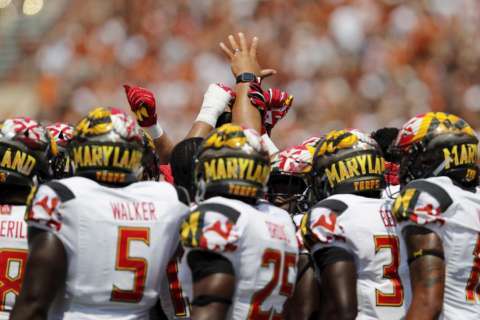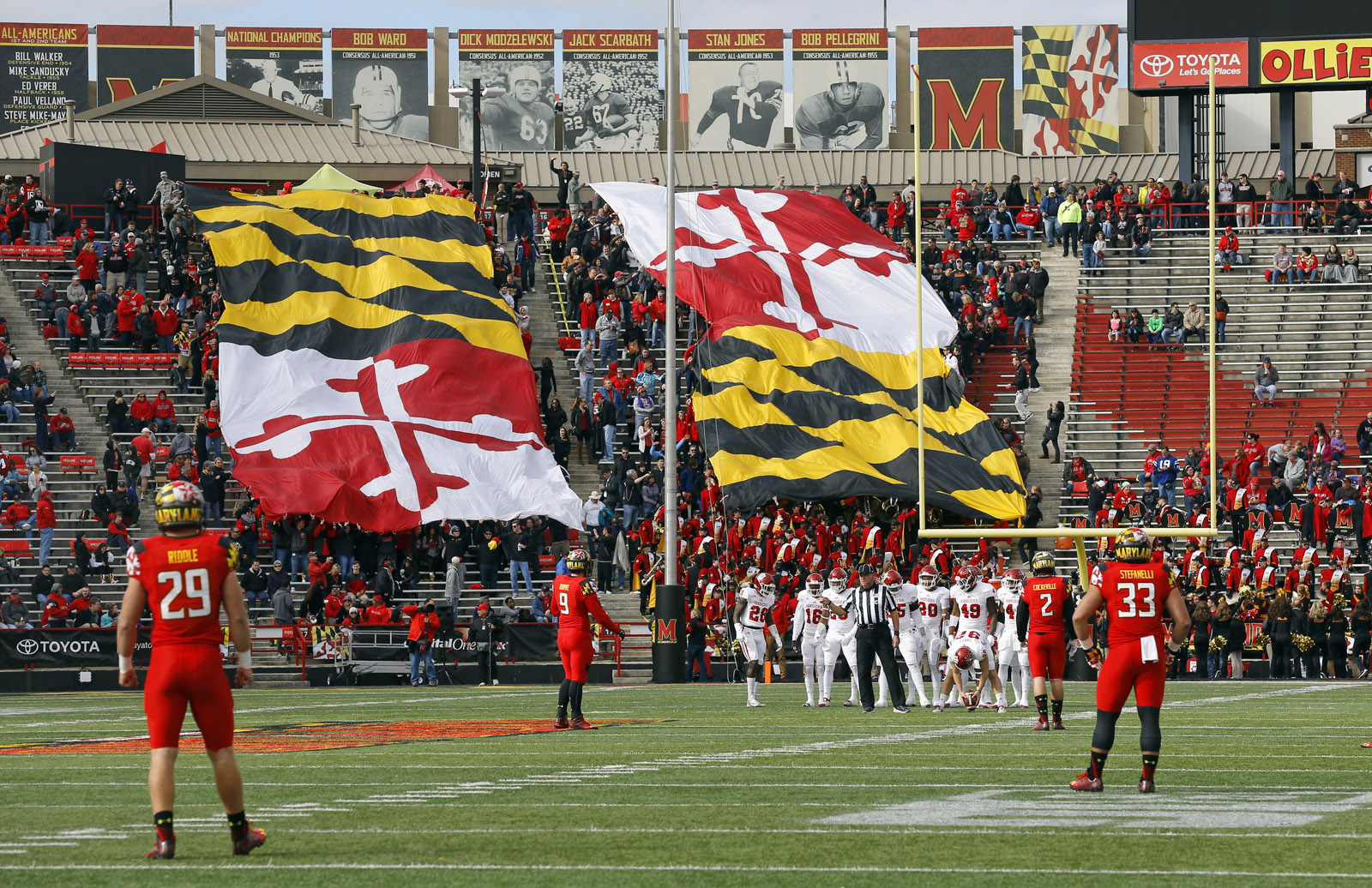WASHINGTON — Now that the University System of Maryland Board of Regents has taken control of several ongoing investigations into the school’s football program, including the death of student-athlete Jordan McNair, officials are considering changes to the University of Maryland’s athletics department.
The decision to have the Board of Regents take over the investigation was made on the same day it was learned that President Wallace Loh rejected a proposal to move the school’s training and medical team to the University of Maryland’s School of Medicine, which is under separate jurisdiction of the University of Maryland-Baltimore.
As it stands, the medical and training staff are part of the school’s athletics department. Though it remains unclear whether the proposed changes would have prevented McNair’s death had they been implemented — a point that school officials reiterated Friday — the NCAA has already issued recommendations that schools transfer their training and athletics medical staff out of their athletics department.
“It’s important that you have independent medical care, and that you keep medical decisions out of the hand of the athletics department,” said Tom McMillen, the president and CEO of LEAD 1, a group that represents athletics directors at the highest level of college football.
McMillen was a star Maryland basketball player in the 1970s. He has gone on to become a member of Congress, Rhodes scholar and, later, a member of the University of Maryland’s Board of Regents.
“You must take medical care out of the hands of athletics department officials and remove any potential conflicts of interest,” he said. “There’s several ways to do that, and I think that’s what the commission [investigating McNair’s death] has to look at.”
Several Big Ten schools have shifted athletics training and medical staffs to their medical schools — a move that McMillen referred to as the “gold standard” when it comes to athlete care.
However, those schools also host medical schools on their own campus, while the University of Maryland’s medical school is governed by another institution, separate from the University of Maryland at College Park. In addition, a new sports medicine facility is currently being built as part of a massive $200 million renovation happening at Cole Field House.
More than 30 college football players have died since 2000 during off-season and pre-season workouts, said McMillen.
“I would say that’s an area that needs to really be looked at,” said McMillen. “It’s not just games, it’s not just practices. These training workouts — they’re the same risk.”








